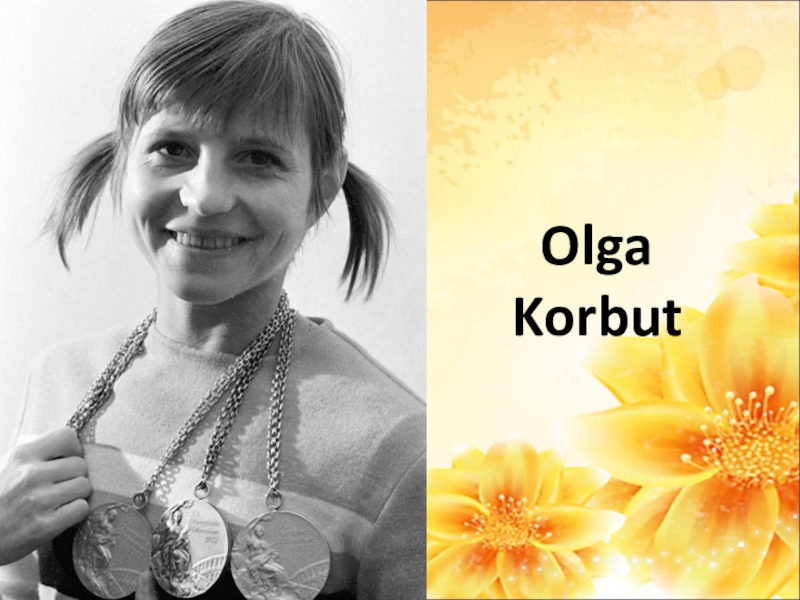- Главная
- Разное
- Образование
- Спорт
- Естествознание
- Природоведение
- Религиоведение
- Французский язык
- Черчение
- Английский язык
- Астрономия
- Алгебра
- Биология
- География
- Геометрия
- Детские презентации
- Информатика
- История
- Литература
- Математика
- Музыка
- МХК
- Немецкий язык
- ОБЖ
- Обществознание
- Окружающий мир
- Педагогика
- Русский язык
- Технология
- Физика
- Философия
- Химия
- Шаблоны, фоны, картинки для презентаций
- Экология
- Экономика
Презентация, доклад по теоретической фонетике на тему Assimilation
Содержание
- 1. Презентация по теоретической фонетике на тему Assimilation
- 2. Two adjacent consonants within a word or
- 3. Assimilation can be conditioned by the complementary
- 4. assimilation affecting the place of articulation, or,
- 5. Assimilation can be of three degrees: complete,
- 6. Assimilation is said to be partial when
- 7. Assimilation can be of three types as
- 8. Assimilation which occurs in everyday speech in
- 9. It is useful to distinguish between obligatory
- 10. The modification in the articulation of a
- 11. An unrounded variant of a consonant phoneme
- 12. Thank you for attention
Two adjacent consonants within a word or at word boundaries often influence each other in such a way that the articulation of one sound becomes similar to or even identical with the articulation of the other
Слайд 2Two adjacent consonants within a word or at word boundaries often
influence each other in such a way that the articulation of one sound becomes similar to or even identical with the articulation of the other one. This phenomenon is called assimilation.
The consonant whose articulation is modified under the influence of a neighbouring consonant is called the assimilated sound; the consonant which influences the articulation of a neighbouring consonant is called the assimilating sound.
The consonant whose articulation is modified under the influence of a neighbouring consonant is called the assimilated sound; the consonant which influences the articulation of a neighbouring consonant is called the assimilating sound.
Слайд 3Assimilation can be conditioned by the complementary distribution of the phonemes,
by the contextual variations in which phonemes may occur at the junction of words and by the style of speech (official or rapid colloquial).
Assimilation is the main factor under the influence of which the principal variants of the phonemes are modified into subsidiary ones. Assimilation may affect all the features of the articulation of a consonant or only some of them. Thus we can speak of:
Assimilation is the main factor under the influence of which the principal variants of the phonemes are modified into subsidiary ones. Assimilation may affect all the features of the articulation of a consonant or only some of them. Thus we can speak of:
Слайд 4assimilation affecting the place of articulation, or, both the place of
articulation and the active organ of speech (tenth);
2. assimilation affecting the manner of the production of noise (give me);
3. assimilation affecting the work of the vocal cords (used to);
4. assimilation affecting the lip position (twenty, swim);
5. assimilation affecting the position of the soft palate (grandmother).
2. assimilation affecting the manner of the production of noise (give me);
3. assimilation affecting the work of the vocal cords (used to);
4. assimilation affecting the lip position (twenty, swim);
5. assimilation affecting the position of the soft palate (grandmother).
Слайд 5Assimilation can be of three degrees: complete, partial and intermediate.
Assimilation
is said to be complete when the articulation of the assimilated consonant fully coincides with that of the assimilating one (in the word horse-shoe ['hɔːʃ ʃuː] which is a compound of the words horse [hɔːs] and shoe [ʃuː], [s] in the word [hɔːs]) is changed to [ʃ] under the influence of [ʃ] in the word [ʃuː]).
Слайд 6Assimilation is said to be partial when the assimilated consonant retains
its main phonemic features and becomes only partly similar in some feature of its articulation to the assimilating sound (in twice [twaɪs] the principal (fully voiced) variant of the phoneme [w] is replaced by its partly devoiced variant).
Assimilation is said to be intermediate between complete and partial when the assimilated consonant changes into a different sound, but does not coincide with the assimilating consonant (in the word gooseberry ['ɡuzbərɪ], [s] in goose [ɡuːs] is replaced by [z] under the influence of [b] in berry).
Assimilation is said to be intermediate between complete and partial when the assimilated consonant changes into a different sound, but does not coincide with the assimilating consonant (in the word gooseberry ['ɡuzbərɪ], [s] in goose [ɡuːs] is replaced by [z] under the influence of [b] in berry).
Слайд 7Assimilation can be of three types as far as its direction
is concerned: progressive, regressive and double (reciprocal).
In progressive assimilation the assimilated consonant is influenced by the preceding consonant (in the word place the fully voiced variant of the consonant phoneme [l] is assimilated to [p] and is replaced by a partly devoiced variant of the same phoneme).
In regressive assimilation the preceding consonant is influenced by the following one (the voiced consonant [z] in news [njuːz] is replaced by the voiceless consonant [s] in the compound newspaper ['njuːspeɪpə] under the influence of the voiceless sound [p]).
In double, or reciprocal, assimilation two adjacent consonants influence each other (in twenty ['twentɪ], the sonorant [w] is assimilated to the voiceless plosive consonant [t] by becoming partly devoiced and [t] is assimilated to [w] and is represented by its labialized variant).
In progressive assimilation the assimilated consonant is influenced by the preceding consonant (in the word place the fully voiced variant of the consonant phoneme [l] is assimilated to [p] and is replaced by a partly devoiced variant of the same phoneme).
In regressive assimilation the preceding consonant is influenced by the following one (the voiced consonant [z] in news [njuːz] is replaced by the voiceless consonant [s] in the compound newspaper ['njuːspeɪpə] under the influence of the voiceless sound [p]).
In double, or reciprocal, assimilation two adjacent consonants influence each other (in twenty ['twentɪ], the sonorant [w] is assimilated to the voiceless plosive consonant [t] by becoming partly devoiced and [t] is assimilated to [w] and is represented by its labialized variant).
Слайд 8Assimilation which occurs in everyday speech in the present-day pronunciation is
called living (let you out [ˏlet ju 'aʊt - ˏletʃu 'aʊt]. If the present-day pronunciation of a word is the result of an assimilation which took place at an earlier stage in the history of the language, we have the so-called historical assimilation (occasion [ə'keɪʒən] from [o'kæzjon]).
In the pronunciation of such compounds as horse-shoe ['hɔːʃ ʃuː], gooseberry ['ɡuzbərɪ], we have contextual assimilations. In contextual assimilation a word comes to have a pronunciation different from that which it has when said by itself.
In the pronunciation of such compounds as horse-shoe ['hɔːʃ ʃuː], gooseberry ['ɡuzbərɪ], we have contextual assimilations. In contextual assimilation a word comes to have a pronunciation different from that which it has when said by itself.
Слайд 9It is useful to distinguish between obligatory assimilation and nonobligatory assimilation.
Obligatory assimilation occurs in the speech of all people who speak a certain language, no matter what style of speech is used.
Non-obligatory assimilation appears in rapid and careless speech. 59 Teachers, public speakers, lecturers should avoid using this assimilation and foreign students should not try to imitate such speech.
Слайд 10The modification in the articulation of a vowel under the influence
of an adjacent consonant, or, vice versa, the modification in the articulation of a consonant under the influence of an adjacent vowel is called adaptation, or accommodation.
In accommodation the accommodated sound does not change its main phonemic features and is pronounced as a variant of the same phoneme slightly modified under the influence of a neighbouring sound.
In modern English there are three main types of accommodation.
In accommodation the accommodated sound does not change its main phonemic features and is pronounced as a variant of the same phoneme slightly modified under the influence of a neighbouring sound.
In modern English there are three main types of accommodation.
Слайд 11An unrounded variant of a consonant phoneme is replaced by its
rounded variant under the influence of a following rounded vowel phoneme (tea [tiː] – too [tuː]).
2. A fully back variant of a back vowel phoneme is replaced by its slightly advanced variant under the influence of the preceding mediolingual phoneme [j] (moon [muːn] – music ['mjuːzɪk]).
3. A vowel phoneme is represented by its slightly more open variant before the dark [ł] under the influence of the latter’s back secondary focus (the vowel sound in bell, tell is slightly more open than the vowel in bed, ten).
2. A fully back variant of a back vowel phoneme is replaced by its slightly advanced variant under the influence of the preceding mediolingual phoneme [j] (moon [muːn] – music ['mjuːzɪk]).
3. A vowel phoneme is represented by its slightly more open variant before the dark [ł] under the influence of the latter’s back secondary focus (the vowel sound in bell, tell is slightly more open than the vowel in bed, ten).

















